Pictures or It Didn't Happen
Justin Shaulis and Crystrorama
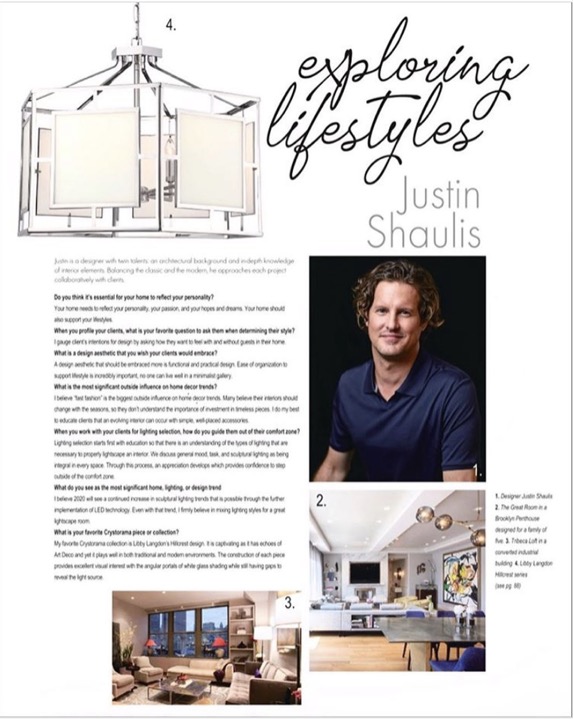
Justin Shaulis BKLYN Interior
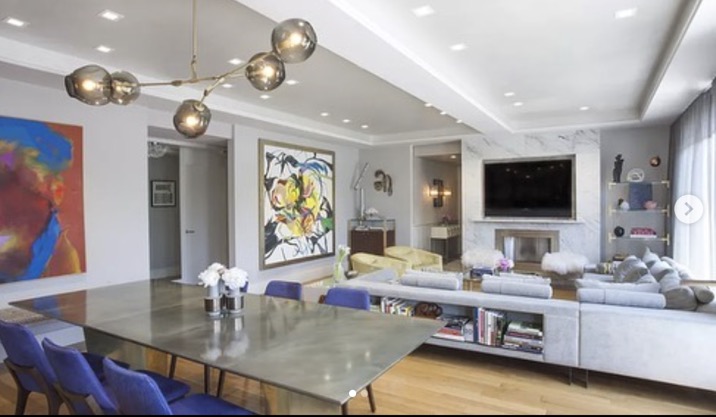
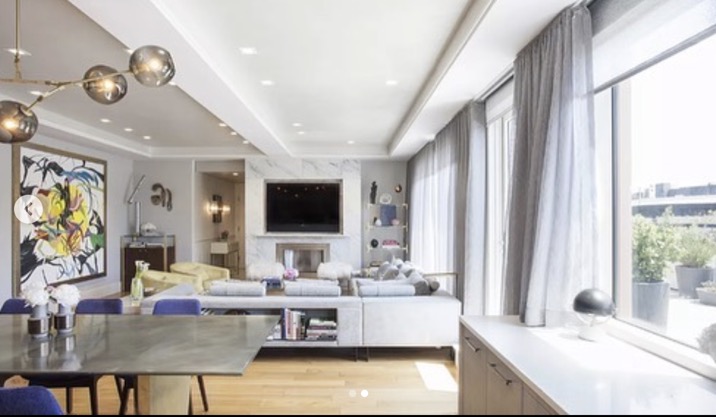
A Time to Remember
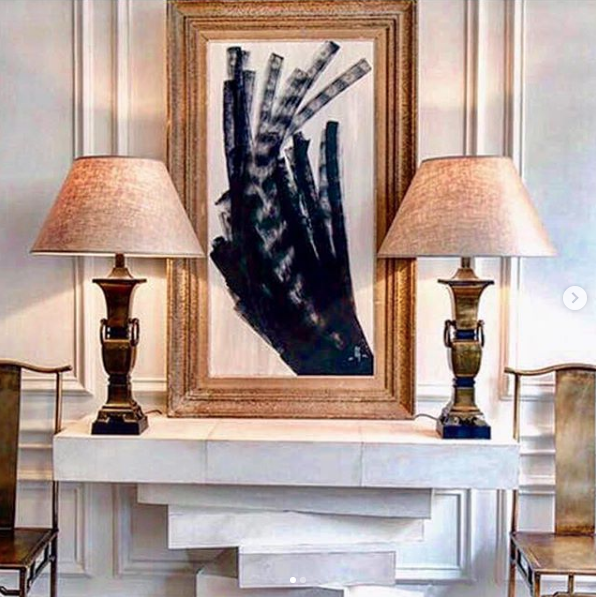
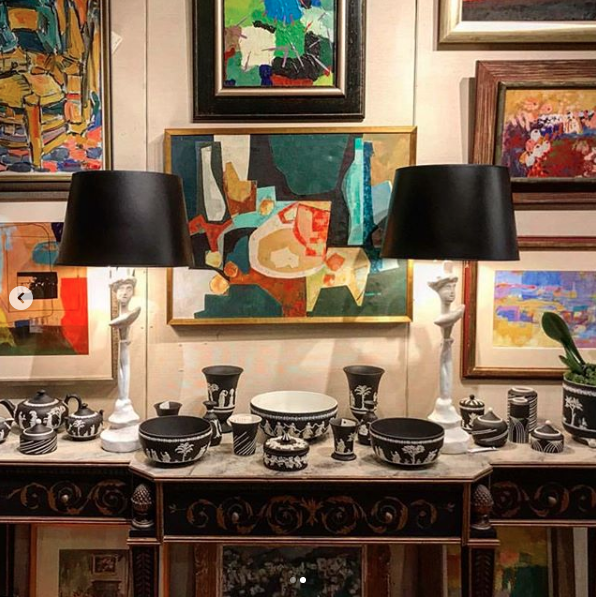
Show Houses a Plenty
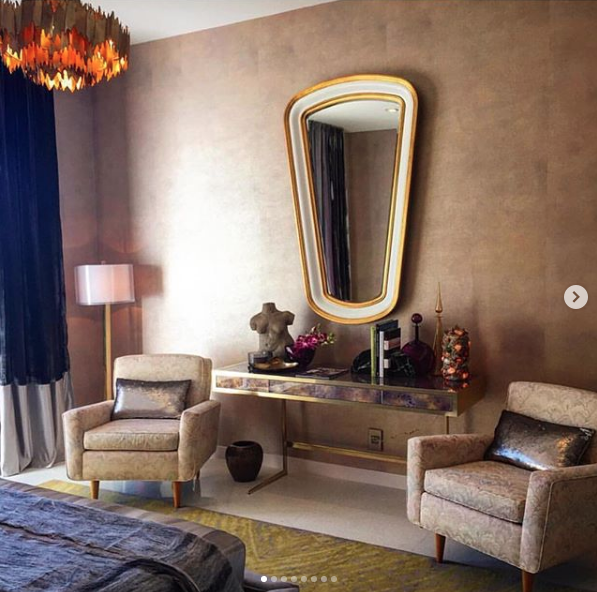
Justin Shaulis - Christopher Kennedy Palm Springs Show House
Florence Knoll armchairs, Vintage concrete torso sculpture, One of a pair of rock / stone / quartz / crystal lamps, Vintage brass floor lamp,
Vintage brass vase, Vintage brass accessories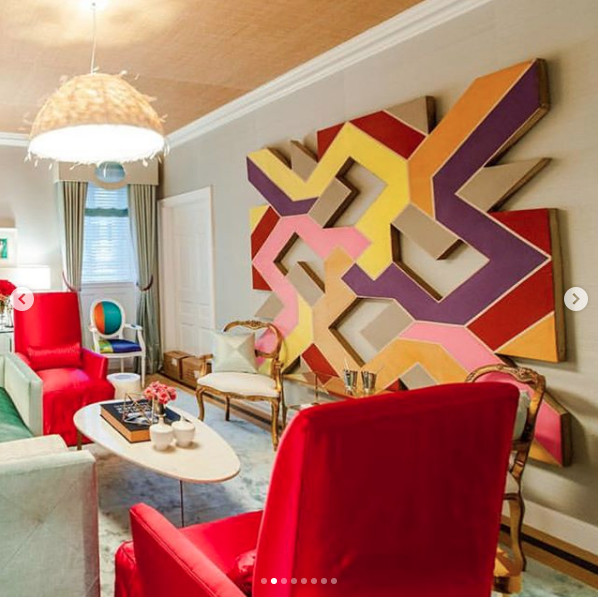
Patrick Hamilton - Holiday House New York City Show House
Vintage 1970's shaped canvas abstract painting by Sidney Guberman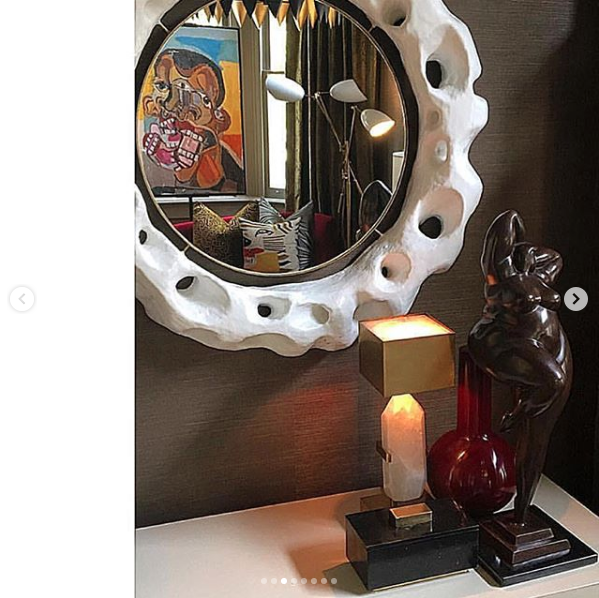
Michel Smith Boyd - Southern Style Now New Orleans Show House
Contemporary portrait painting by Clintel Steed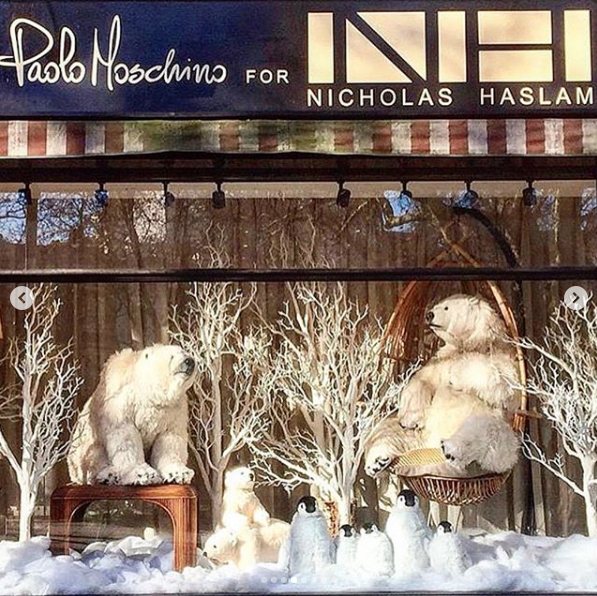
Paolo Moschino / Philip Vergeylen - Nicholas Haslam London Showroom
One of a pair of vintage Gabriella Crespi style split reed bamboo side tables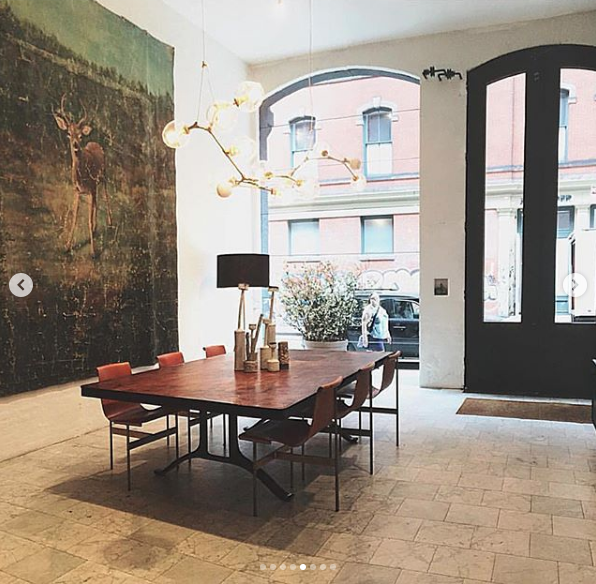
Tyler Hays - BDDW New York City Showroom
One of fourteen antique hand painted oversize mural paintings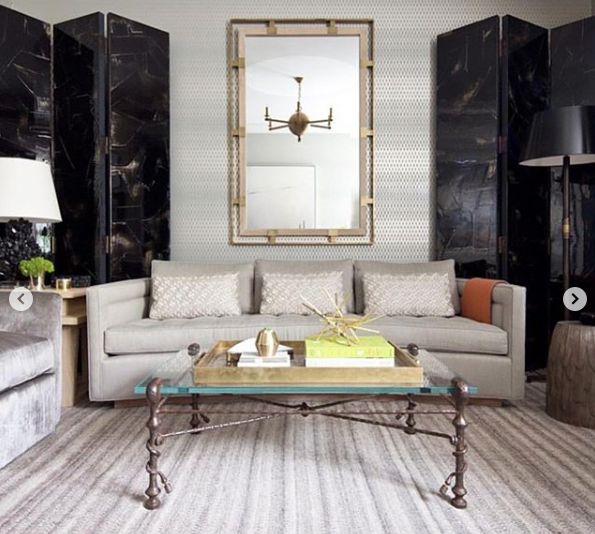
Thom Filicia - Sedgwick & Brattle New York City Showroom
Vintage cast iron sculptural coffee table with custom lucite top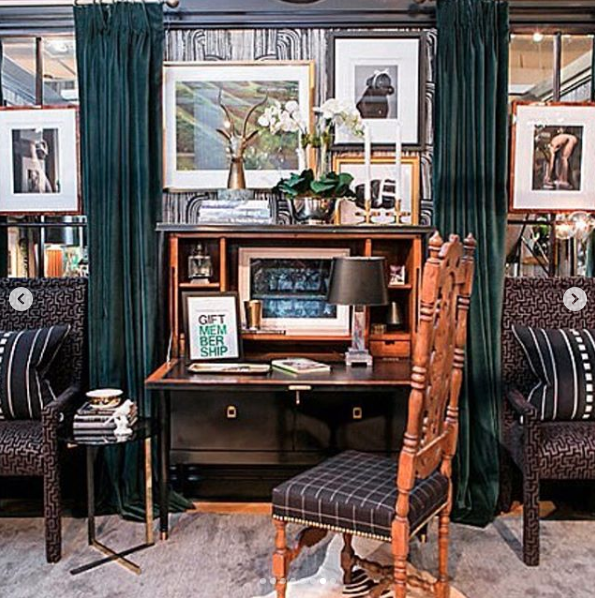
Ron Marvin - Design on a Dime New York City Housing Works Showroom
Vintage brass sculptural antelope
Patrick Hamilton - Southern Style Now Savannah Show House
19th Century marble sculpture of Psyche, Vintage abstract gilt bronze sculpture
House Proud, House Beautiful

PHL – BOS – GSO – LHR
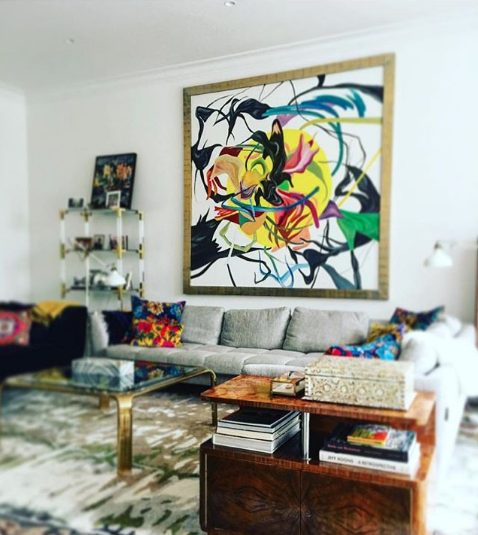
Southern Charm
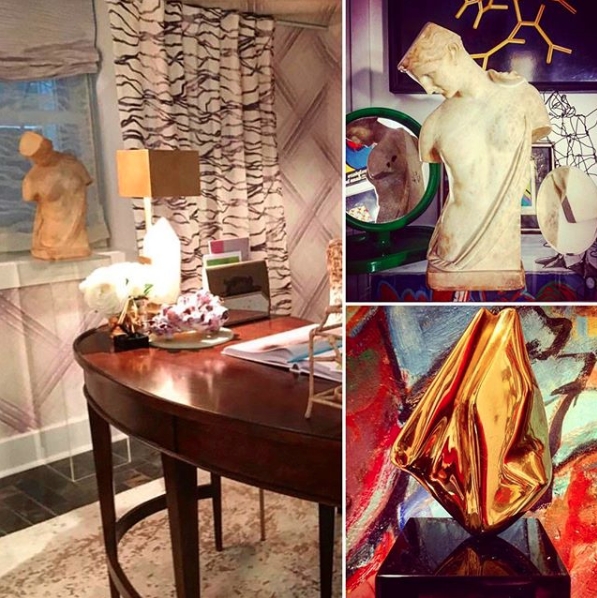

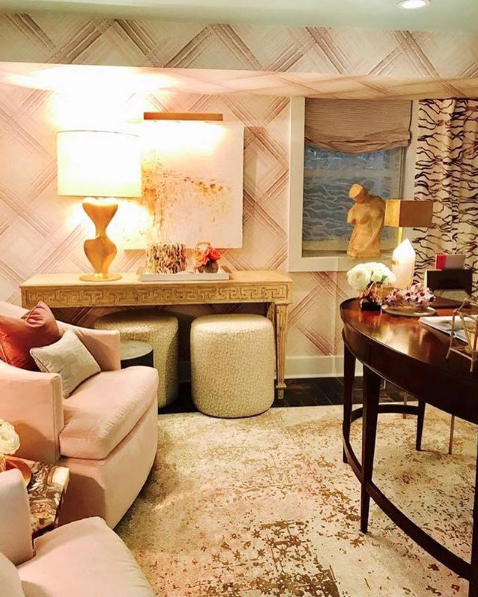
Three's a Magic Number
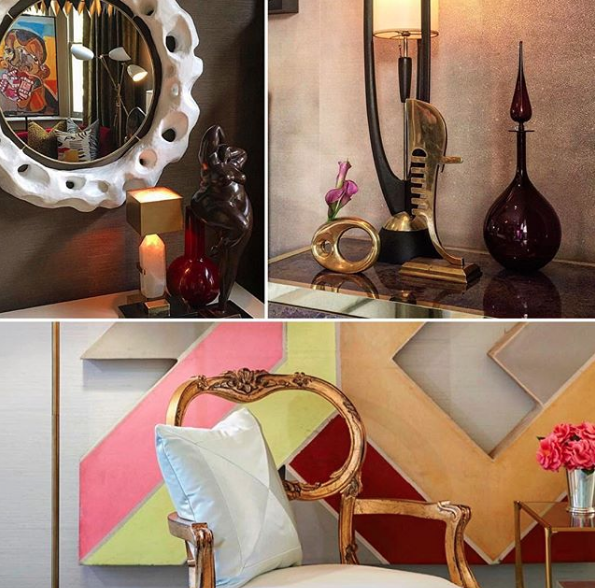
Let's Talk about... Frames

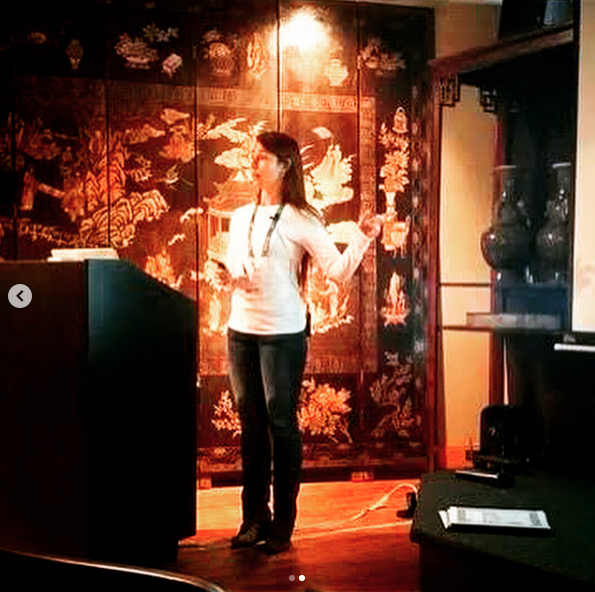
Selling a Table to Thom


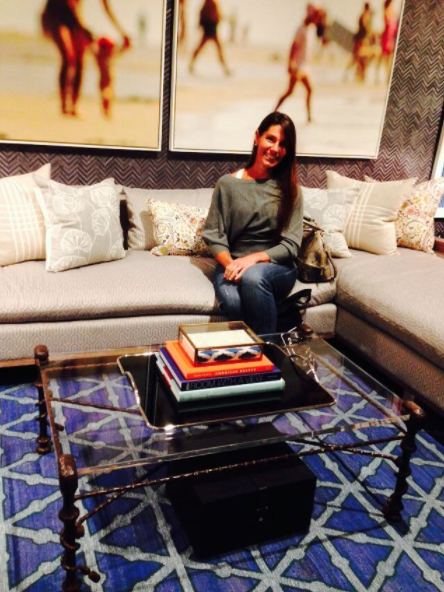
Ron Marvin and the Ferry Ride on TV
The antelope is placed on top of a stack of books on top of the fall front desk. Of course the vignette was a sell out and a huge fundraiser for Housing Works. I'm so happy that Ron asked me to participate!
Here are a couple fun pics of the commute…


Kelli Ellis and Universal Furniture
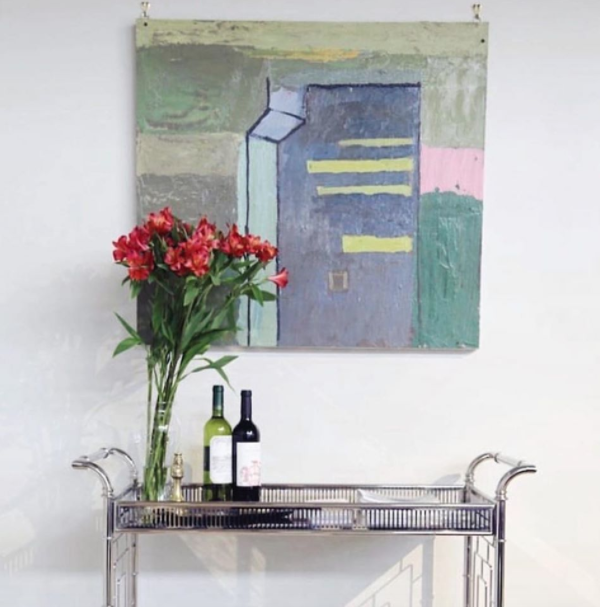
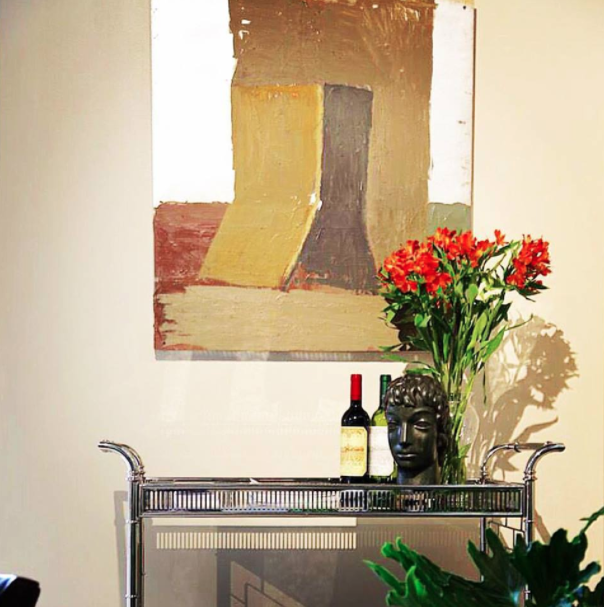
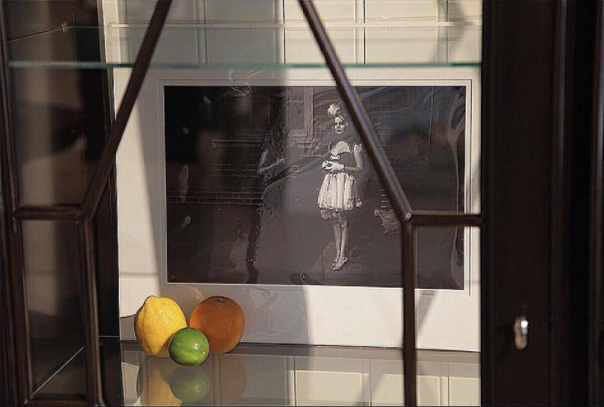
Tyler Hays of BDDW
Southern Style Now Showhouse
Christopher Kennedy Showhouse
Holiday House NYC 2014
How the Furniture Industry can Save Antiques
With my rental truck packed to the ceiling, I headed south to High Point, NC. The furniture capital of the world. New furniture that is. For nine hours I pondered my choice to sign up for this show. Too late to turn around, I journeyed onward. Arriving at the refurbished former factory building, now showroom, I knew this would be a great show. As I unpacked, the buzz grew. Sure, I expected other dealers to be interested, but when I saw groups of Interior Designers strolling through I knew this was something special. The sales began in earnest and stayed strong throughout the week. Designers were choosing pieces for their projects and fawning over my antique and vintage finds. They looked at the seating, lighting and case goods in my booth with fresh eyes and saw potential in every piece. They had become the champions of the antiques business.
Because, for a long time now, the word antiques conjured up a dusty, dank, cramped type of feeling where brown wood is stacked on top of more brown wood. Not exactly the stuff of million dollar renovations. But, it is now. Folks are falling in love with antique and vintage pieces all over again. They are learning how to live with them, decorate with them, incorporate them into the design of their homes. Top designers command their own shows and have reached celebrity status. Oh yes, I know this is not truly new. The icons of earlier generations certainly paved the way, but now we are reaching far more folks. Antique and vintage pieces are no longer reserved for the few, but for the many. It's now quite the norm to see these antique and vintage pieces in homes. And that's because they've been made accessible.
Decorative pieces, even designer pieces, are now de rigueur for interiors. They add a touch of uniqueness, of personality, of history. You see, there is always a great story behind every antique and vintage piece. Whether you tracked it down in a grassy out door flea market field or traipsed through 100's of showrooms - there is always a story. This makes for great conversation in the home as well. Guests will marvel at your (your interior designer's) skill at unearthing such incredible finds.
For the Love of Passion
The idealistic me says that of course you can live a life following your passion. Staying true to what you believe. I do this everyday. The business of antiques and art is my passion. But I am not the creator, I am the dealer. In order for me to be in business there had to have been artists. And they are to whom we owe a great debt. The designers, artists and creators who dared to be themselves. To create for the love of passion.
Brazil in the early 20th Century, I am speaking of the larger more metropolitan cities, was largely influenced by the European and Portuguese tastes. The Colonial style, as it was often referred to, was the dominant taste. Furniture manufacturers employed artisans and craftsman with European training. They created beautiful examples of Louis style furniture in Jacaranda, with caning and other subtle changes that made the furniture perfect for the tropical Brazilian market. And Joaquim Tenreiro was part of this furniture style.
He was employed by one of the largest and most well respected manufacturers of the time. He was using his finely honed European skills to create gorgeous furniture in the European taste. But he was not satisfied. He was earning a living, yes. He was creating furniture, yes. He was following his passion, no. So he struck out and opened his own business. He dared to create a style of furniture that was light, full of grace, simplicity, line, form and function. It beckoned you to sit, to admire, to wonder.
His furniture designs all made use of the indigenous Brazilian woods that are known for not only their beauty, but their strength. And this was also the design behind Joaquim Tenreiro's creations. He met with great success. Opening shops, collaborating with well known architects of the day for their projects - Joaquim Tenreiro was following his passion and earning great respect and admiration. He was pioneering a movement. He was the trailblazer. He was not satisfied.
Sometime in the late 1960's, Tenreiro closed up his shops - retail and manufacturing. He no longer accepted commissions. He would not be making any more furniture. The man who had set a movement in motion and would come to be called the Father of the Brazilian Modernist Design Movement had given it all up. He gave himself over to his art, his painting.
Years pass by. The next wave of designers give Tenreiro much credit and accolades. His designs are touted as the inspiration for a generation of designers. Yet, he remains steadfast to his painting. He created his art, his paintings. But this was done without the same recognition and accolades and purchases that his furniture designs received. He was close to penniless in his later years.
In the end of his life, Tenreiro, the Father of a design movement, was creating birdhouses to pay for his daily living expenses. He died knowing that his furniture designs were important and appreciated, yet he never turned back to them. He stayed with his painting.
Now, maybe the jaded among us will scoff at his loyalty to his passion. But if there is no passion, there can be no art. There can be no design. There can be no creation. Only Joaquim Tenreiro knows the motivation for his choice and surely it is one that only an artist can understand. But, let us look at it another way. Had Mr. Tenreiro continued with his furniture design could he have painted? Could he follow the money and his passion?
Perhaps, yes. Had he continued to produce his furniture, he would have had the income to support his painting. But would his designs have been as inspired? I think the real answer is no. Mr. Tenreiro had no choice. He was an artist and had to follow his passion. And he did find a way to support himself and to continue to follow his passion. Maybe we, because of the nature of the antiques and art business, put too much emphasis on money. Should it be said that we follow the money and artists follow their passion?
And now to further complicate the issue, can there be art without money? If artists' work never reached the secondary market, how could they continue to produce. Surely there must be those willing to purchase the work? How else can art continue? Such a tangled web.
Mr. Tenreiro's furniture now sells for tens of thousands of dollars at both auction and for even more in retail galleries. Because he only produced for a relatively short period of time, his furniture pieces are more difficult to find. And this same rarity can be said of his paintings, but for another reason. Because they were not as much in demand, they did not come to the secondary market as frequently. Perhaps now too his art will receive the same attention from buyers as he had given it all those many years ago. Maybe the money will learn to follow the passion.
Karl Springer, Innovator
Mr. Springer was soon at the head of his own company, producing furniture in a variety of exotic skins, like shagreen - which he helped to bring back into favor, lacquered parchment, metals, bone, faux finishes, veneers and so on. His workmanship was top notch and he constantly sought out new design inspirations - whether from masters like Ruhlman and Frank, or movements like Bauhaus, or peoples like the Ashanti - Karl Springer had an eye to the past and another firmly on the future. And now we come back to the table lamp aforementioned in this post. Hmmm, Karl Springer style or maybe Attributed to or perhaps In the style of... Oh, never mind, what I have is a fantastic homage to a great designer, who - thanks to dealers and imitators, will live on.
This lamp has thin strips of bone veneered to a cylindrical support, a classic nod to one of Mr. Springer's designs. The slender shape of the veneer creates a long, lithe design for the table lamp giving it wonderful presence. With the original, matching finial also veneered in strips of bone - it is a complete look. But Mr. Springer was not the first to create this look... bone, or ivory covered furniture has been with us since the Greek and Roman times.
The ivory covering was reserved for the wealthiest of society. Some examples of their furniture have been preserved because of the eruption of Vesuvius in 79 AD which carbonized some of the furniture, thereby saving it for view until today. The Assyrians were also well versed in the use of ivory to decorate their furniture. The Egyptians, too, decorated their furniture with ivory and examples of it can be found in the British Museum. An interesting note across all cultures is that the ivory that was used on the legs and arms of the furniture often terminated in hoofs and heads of animals. These examples have us travelling back thousands of years. Throughout the Middle Ages and into the Renaissance, one can see examples of bone and ivory covered or inlaid furniture across Europe in Italy, France, Spain, etc and in the East. The Chinese also used ivory extensively in their furniture. And the Anglo-Indian furniture that is still copied to this day is not to be left out. This furniture was inlaid with ivory and bone as well as carved from ivory. The Arab countries too had a version of ivory and bone furniture which is not to be overlooked. The introduction of ivory and bone into and onto furniture and furnishings is a time old tradition.
Mr. Springer certainly gave this tradition a revival and added his own view onto it. By totally covering the surface of furniture and furnishings in bone, and of course goat skin, parchment, shagreen, etc, Mr. Springer created a bold new look that borrowed from ancient history and made it modern.